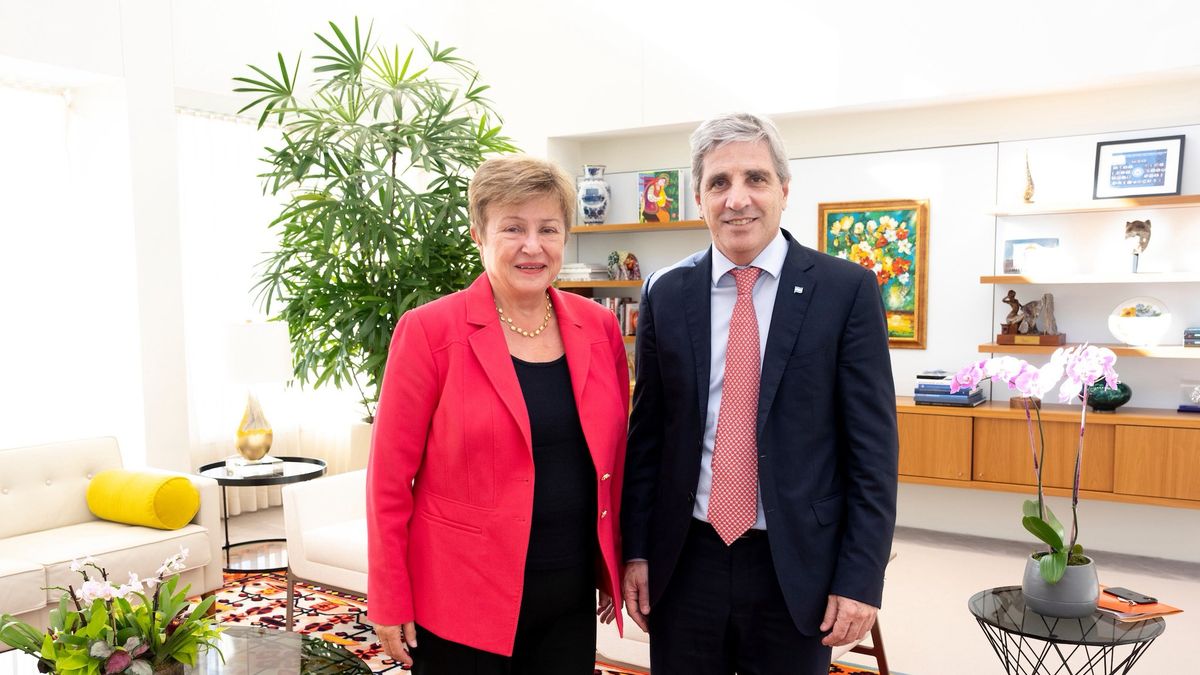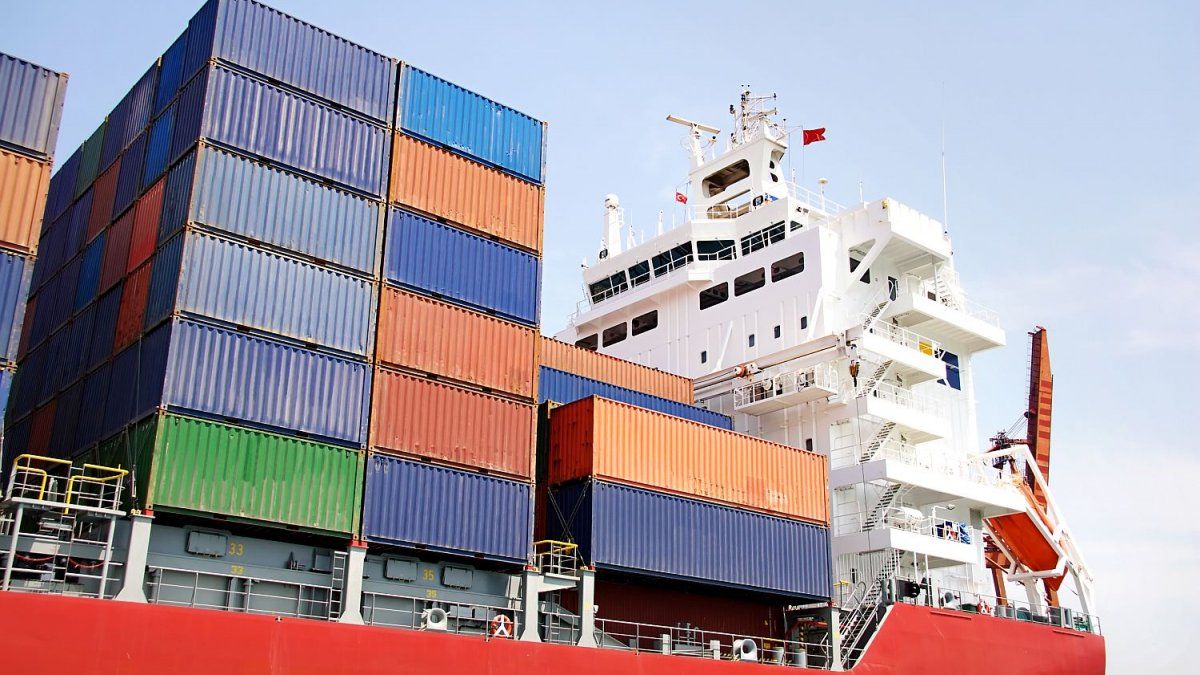Wholesale merchants claim that from January until now the art quotas rose 1.5% to 2.9% of the salary mass. They denounce hidden costs.
Wholesale shops claimed for the increase in labor costs associated with the repeal of a resolution that determined floors and ceilings for the fees of labor risk insurance (art). Thus the House of Wholesale Commerce (CADAM) in a report in which he warned that 65% of young people work in informality.
The content you want to access is exclusive to subscribers.
“One of the main claims was the increase In the rates of Labor Risk Insurers (art), which is linked to the elimination of tariff stops by the national government, ”said the entity.


The report indicates that through Resolution No. 18 of the Superintendence of Insurance of the Nation, In the month of January, the floors and ceilings that regulated the rates – calculated as a percentage of salary payrolls – which resulted in direct increases in the cost of art.
According to sources in the sector consulted by Scope, the increase in quotas passed throughout the year to represent 1.5% to 2.9% of the salary mass. In Cadam they explained that the rise in the cost of art is related to a rise in labor litigation.
In that sense, in a report of the Institute for Argentine Social Development (IDESA), It was pointed out that “the consequences of exacerbated work litigation are socially serious.”
“The costs of The judgments are transferred to the work insurance aliquot of the employer’s employer. For example, between 2004 and 2017, the number of demands went from 3,800 to 125,000 trials per year and the average aliquot paid by employers increased from 2% to 3% of the salary mass, ”says the report.
At work it is remembered that “In 2017, with the sanction of Law 27,348, the litigation fell to 60,000 per year and the aliquot to 2.5% of the salary mass. However, from 2022 he went up again to arrive in 2024 to 125,000 trials per year again. ”
“But the most dangerous thing is that, if this trend is maintained, insurance becomes unfeasible,” said Idesa
They warn of other “hidden costs”
To this are added the so -called “Hidden costs” of the parity, which apart from the definition of wages, They imply mandatory, supportive contributions and additional contributions that employers must face, beyond salary increases. Among the cases More significant in the Commerce sector – the largest agreement in the country, with 1.2 million workers – stand out:
- Solidarity contribution by COVID-19 to the social work OSECAC: in force from the Collective Agreement of April 2021.
- Argentine Institute for Professional Training (INACAP): The employer must contribute the equivalent of 0.5% of the salary of the master category for each employee.
- Compulsory Retirement Complementary Insurance The star: represents 1.6% of the salary without the possibility of choice of another insurance by the worker or the employer (Until the previous parity was 2.5%). 50% of the contribution is allocated to an individual account in the name of the worker and the other remaining 50% is used to finance the solidarity system.
Source: Ambito




